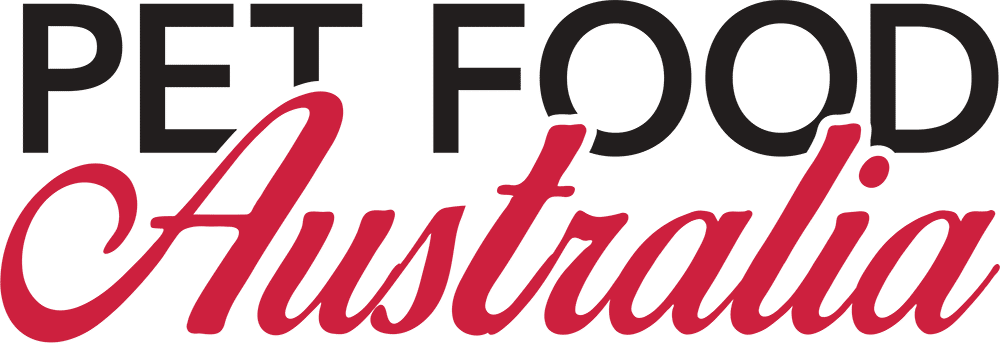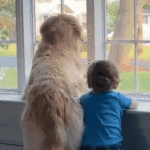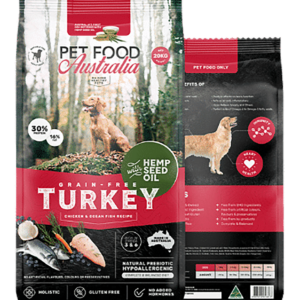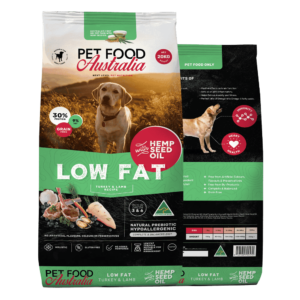No products in the cart.
A Guide to Understanding Your Dog’s Body Language
Unleashing the Secrets of Canine Communication: A Guide to Understanding Your Dog's Body Language
Dogs are like little bundles of joy wrapped in fur and wet noses, and their ability to communicate with us through body language is one of the many reasons why we adore them so much. But let’s face it, despite our best efforts, many of us struggle to decipher what our pups are trying to tell us with their non-verbal cues. It’s like translating a foreign language but with tails instead of words!
In this blog, we’ll dive into the mysterious world of dog body language and explore the key cues to help us understand what our furry friends are trying to convey. From tail wagging to ears, mouth, posture, and eyes, we’ll provide a comprehensive guide to interpreting your dog’s messages and responding best for them. Whether you’re a new dog parent or a seasoned pet pro, this blog will give you the tools to deepen your connection with your pup and build a stronger, more meaningful bond.
Tail Wagging: It's Not Just for Saying Hello

A wagging tail is a classic indicator of a happy dog, but it’s important to pay attention to the direction and speed of the wag. Slow wags to the right suggest a relaxed, friendly pup, while fast wags to the left can signal anxiety or fear. It’s like a secret code – only you and your dog know the meaning!
Ears: The Antenna of Emotion
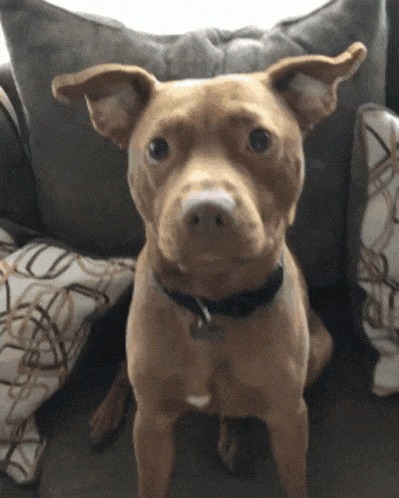
Your dog’s ears are like little satellite dishes, picking up signals of interest or excitement when upright and alert. Flattened ears, on the other hand, can mean fear or submission. So if your pup’s ears droop, it’s like a red flag warning – take a step back and assess the situation for their safety.
Mouth: The Window to Your Dog's Soul

Your dog’s mouth is like a window to their emotions – an open, relaxed mouth with a tongue hanging out signifies a happy, comfortable pup. But if you see a closed mouth or hear growling, it’s like a storm cloud on the horizon, signaling aggression or fear. So pay attention to your pup’s mouth, and you’ll always be one step ahead.
Posture: The Art of Doggy Yoga
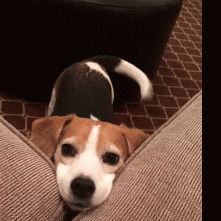
How your dog holds their body can give you a good idea of their feelings. For example, a relaxed, loose posture with a wagging tail means a happy pup, while a stiff, rigid posture with a raised tail can indicate aggression. It’s like doggy yoga – you need to know their stance to see if they feel zen or ready to defend themselves.
Eyes: The Gateway to Your Dog's Heart
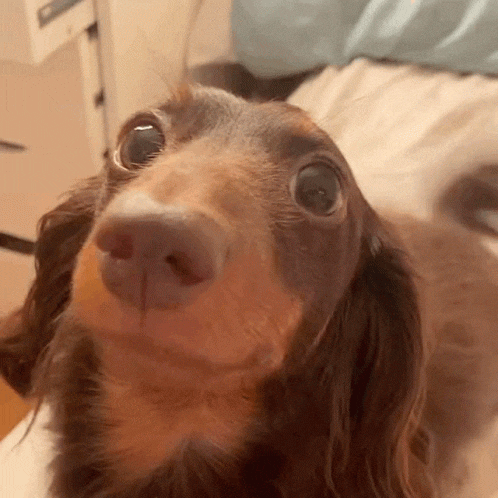
Your dog’s eyes are like a portal to their emotions. A soft, relaxed gaze means a calm pup, while a hard, intense stare can signal aggression or fear. By paying attention to your pup’s eyes, you’ll be able to understand their emotional state better and respond in a way that’s best for them.
In conclusion, understanding your dog’s body language is crucial to building a strong bond with your furry friend. By paying attention to the key cues of tail wagging, ears, mouth, posture, and eyes, you’ll be able to decode your pup’s messages and respond in a way that makes them wag their tails and bark with joy!
Your dog may not speak human, but their body language is worth a thousand woofs.
As always please do not hesitate to contact us here or follow along on Facebook, Instagram & Youtube for more tips, tricks, and a couple of paws-atively howl-arious memes.
